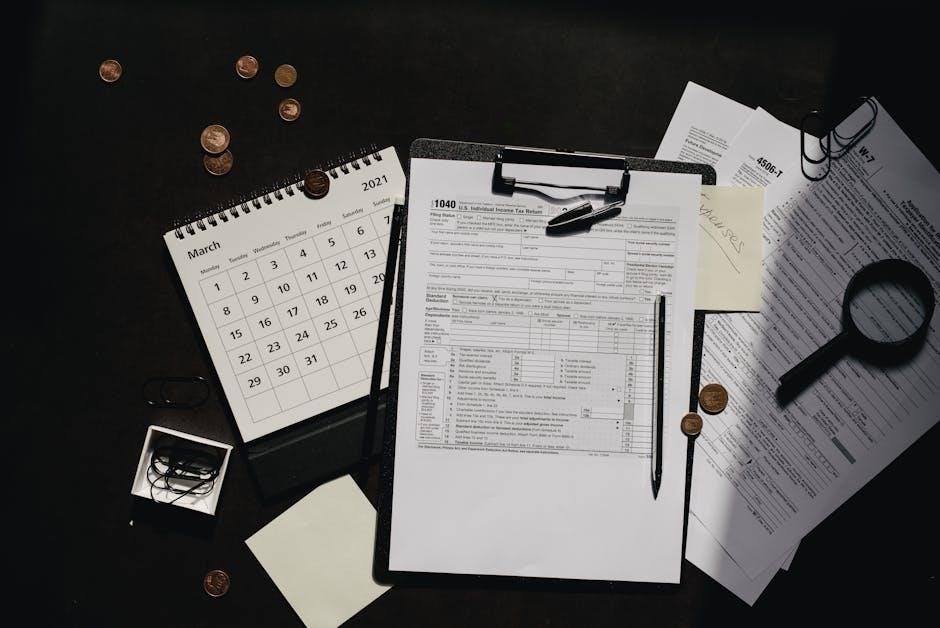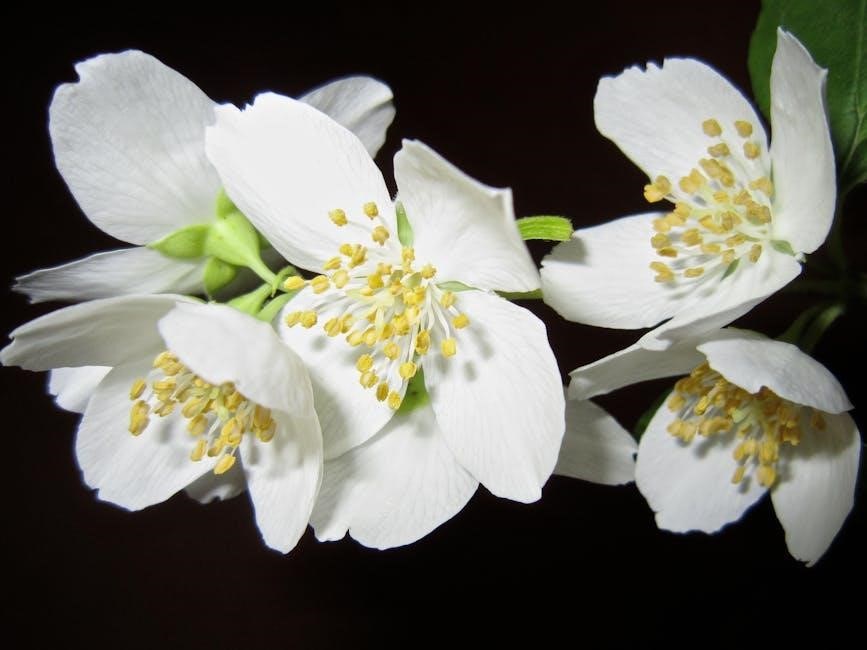
As we approach the winter season, many of us are eager to sow our favorite bulb flowers. However, with so many varieties to choose from, it can be challenging to identify the different types of bulb flowers. In this article, we will provide a comprehensive guide on how to identify bulb flowers, including tips and tricks for distinguishing between similar species.

What are Bulb Flowers?
Bulb flowers are a type of plant that stores its energy and nutrients in an underground bulb, which is a modified stem that grows beneath the soil. This bulb serves as a food storage organ, allowing the plant to regrow and produce flowers year after year. Examples of popular bulb flowers include tulips, daffodils, hyacinths, and lilies.
Types of Bulb Flowers

There are many different types of bulb flowers, each with its own unique characteristics and features. Some of the most common types of bulb flowers include:
- Tulips: Known for their cup-shaped flowers and slender stems, tulips are one of the most popular types of bulb flowers.
- Daffodils: With their bright yellow trumpets and green stems, daffodils are a classic spring-blooming bulb flower.
- Hyacinths: These fragrant flowers are known for their bell-shaped blooms and are often used in perfumes and arrangements.
- Lilies: With their elegant white blooms and golden anthers, lilies are a popular choice for gardens and floral arrangements.
Identification Tips

When trying to identify a bulb flower, there are several key features to look for. These include:
- Shape and size of the bulb: Different types of bulb flowers have distinct bulb shapes and sizes. For example, tulip bulbs are typically teardrop-shaped, while daffodil bulbs are more rounded.
- Color and pattern of the flowers: The color and pattern of the flowers can be a key identifying feature. For example, tulips are known for their vibrant colors and unique patterns, while daffodils are typically yellow or white.
- Height and growth habit: The height and growth habit of the plant can also be a useful identifying feature. For example, lilies are often taller and more upright than other types of bulb flowers.
Common Bulb Flowers
Here are some common bulb flowers, along with their identifying features:

- Chincherinchee: This bulb flower is known for its white, star-shaped blooms and slender stems.
- Freesia: With their funnel-shaped flowers and sweet fragrance, freesias are a popular choice for gardens and floral arrangements.
- Gladiolus: These tall, stately flowers are known for their sword-shaped leaves and vibrant, funnel-shaped blooms.
- Hyacinth: This fragrant flower is known for its bell-shaped blooms and is often used in perfumes and arrangements.
- Ixia: This bulb flower is known for its delicate, star-shaped blooms and slender stems.
- May Flower: This bulb flower is known for its white, bell-shaped blooms and is often associated with the month of May.
- Muscari: This bulb flower is known for its blue, bell-shaped blooms and is often used in rock gardens and floral arrangements.
- Ornithogalum: This bulb flower is known for its white, star-shaped blooms and slender stems.
- Rain Lily: This bulb flower is known for its white, trumpet-shaped blooms and is often associated with rainy weather.
- Rajnigandha: This bulb flower is known for its fragrant, white blooms and is often used in perfumes and arrangements.
- Ranunculus: This bulb flower is known for its delicate, rose-like blooms and is often used in floral arrangements.
- Tuberose: This bulb flower is known for its fragrant, white blooms and is often used in perfumes and arrangements.
- Tulip: This bulb flower is known for its cup-shaped blooms and slender stems.
- Zephyranthus: This bulb flower is known for its white, star-shaped blooms and slender stems.
With this guide, you’ll be able to identify and enjoy the beautiful bulb flowers in your garden or arrangements. Happy gardening!